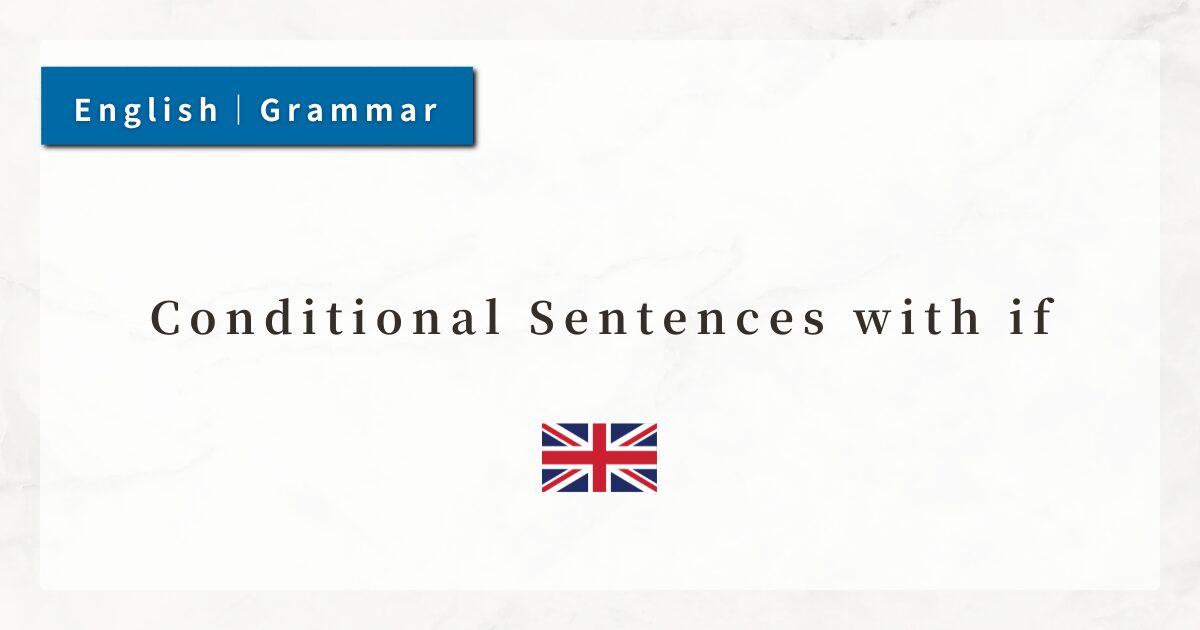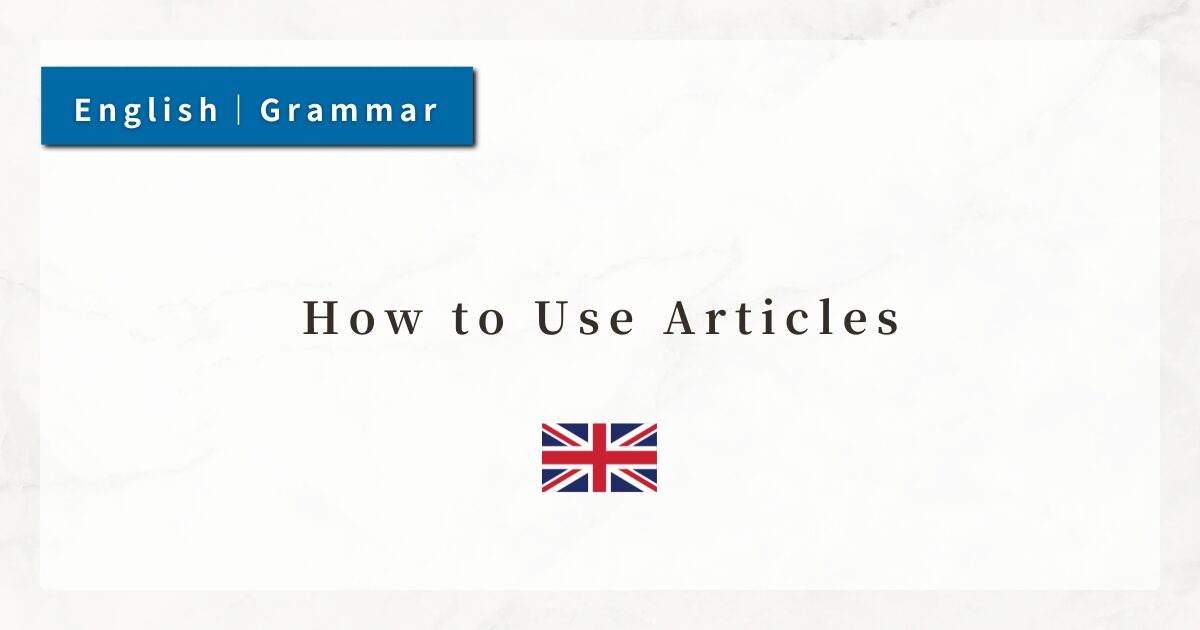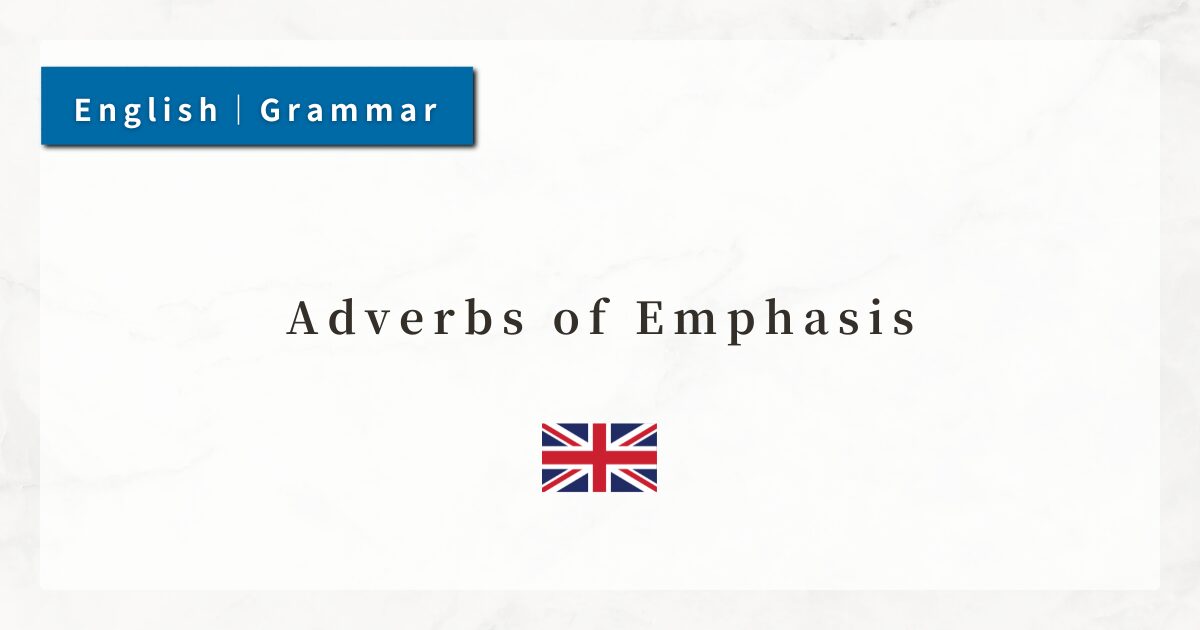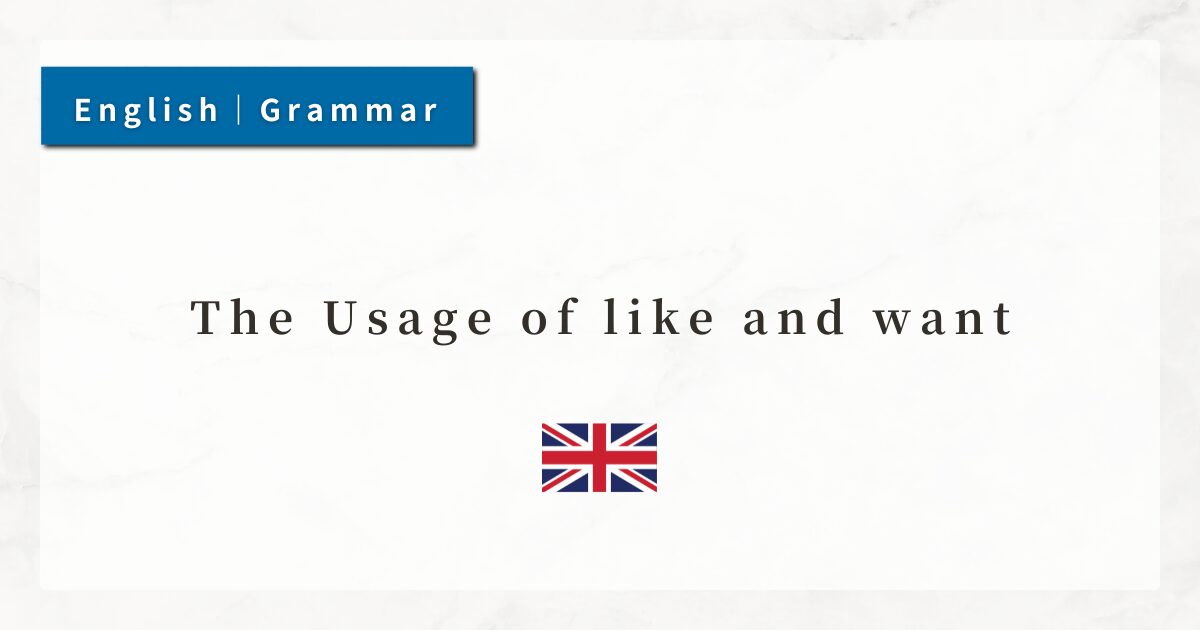#2 How to Use the Verb Be|Meaning, Conjugation, and Example Sentences

The verb be is one of the most fundamental verbs in English. It carries meanings such as “to be”, “to exist”, or “to be in a state.” In English, the verb be changes its form depending on the subject.
Here, I will explain the present tense forms of be (am / is / are), how to use them, word order, negative and interrogative forms, and practical applications in daily conversation.
1. Basics of the Verb Be
1-1. What Is the Verb Be?
The verb be is a special verb used to indicate what the subject is, where the subject is, or in what state the subject is.
- I am a student.
→ I = a student - She is happy.
→ She = happy
In this way, the verb be functions as the “=” that connects the subject and the complement.
1-2. Forms of Be According to the Subject
The verb be changes form depending on the subject.
| Subject | Form of Be | Example |
|---|---|---|
| I | am | I am a teacher. |
| he / she / it | is | He is my brother. |
| you / we / they | are | They are happy. |
This illustrates the important English rule of subject-verb agreement, where the verb must change form to match the subject. For learners, memorizing the entire table is helpful, since this point often becomes an early stumbling block.
2. Usage of the Verb Be
The verb be has a wide range of roles, including expressing state, existence, and responses. Below are the main uses that beginners should master first.
2-1. “To Be”: Expressing State or Identity
This is the most common use. It describes what the subject is, or in what state it is. The verb be is followed by a noun or adjective that supplements the subject.
- I am a teacher.
Here, am corresponds to the subject I, and a teacher (a noun) indicates the subject’s identity or occupation.
- Nouns (identity, role, relation)
→ a student, my friend, a doctor - Adjectives (emotion, condition, personality, evaluation)
→ happy, sad, tired, kind, busy
This structure (Subject + Be + Complement) is called SVC.
2-2. “To Be Located”: Expressing Place or Existence
The verb be also expresses where someone or something exists.
In this case, it is followed by a prepositional phrase indicating a place (e.g., at school, on the desk).
- He is at home.
Here, is connects the subject with a place (He = at home). Both people and objects can serve as subjects.
2-3. Short Responses with Be (“Yes/No” Answers)
In conversation, be is also used for short answers. The subject and be alone can form a complete response.
- Are you hungry?
→ Yes, I am.
→ No, I’m not.
3. How to Make Negative Sentences
To make a negative sentence with the verb be, simply add not directly after the verb. No auxiliary verbs (do/does) are needed.
- She is busy. → She is not busy.
In practice, contractions are much more natural:
- is not → isn’t
- are not → aren’t
- am not has no contraction → I’m not
4. How to Make Questions
To form a question with be, place the verb before the subject.
- You are a student. → Are you a student?
This simple inversion of subject and verb makes a question.
Responses must use the appropriate form of be that matches the subject.
- Are you a student?
→ Yes, I am. / No, I’m not. - Is she a student?
→ Yes, she is. / No, she isn’t.
5. Summary
- The verb be expresses “to be,” “to exist,” or “to be in a state,” and its form changes depending on the subject (am / is / are).
- Complements can be nouns, adjectives, or prepositional phrases (place).
- Negative sentences: be + not
- Questions: be + subject
- Contractions (I’m, she’s, isn’t, aren’t) are very common in spoken English.
- Mastering the verb be is essential for understanding the basic rule of subject-verb agreement in English.




